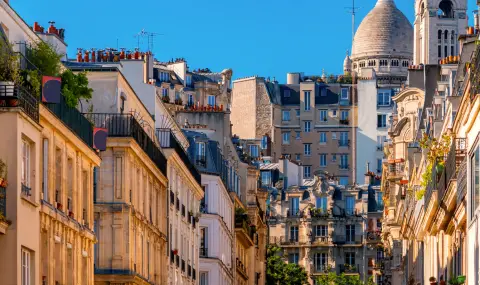The plan is based on four key principles:
* adapting to climate change;
* increasing public housing;
* developing local businesses;
* preserving Paris' architectural heritage.
The plan aims to solve the housing crisis in the French capital. By 2035, the city aims to make public housing an integral part of the urban environment, with 30% of this stock allocated to social housing. In order to bridge the historical gap between the east and west of the city, developers in “areas with excessive deficit“ will have to allocate 50% of new properties to social housing.
The plan will give additional priority to residential buildings over office space. In central and western Paris, the construction of exclusively office buildings will be banned, as will new projects over 5,000 sq m. New construction will have to include at least 10% housing.
As part of efforts to alleviate the housing shortage, the plan introduces stricter rules on short-term rentals. From 2025, key areas of Paris, including the 1st, 11th arrondissements and Montmartre, will not allow owners to rent out new furnished apartments for short-term rentals. Prioritizing public housing that cannot be rented out for short-term rentals will further limit the impact of short-term rentals on the housing market.
One of the plan’s key initiatives is the creation of 300 hectares of new public green space. Paris currently offers residents just 8.6 square meters of green space per person, well below the WHO recommendation of 10 square meters.
Charles-Antoine Depardon, one of the plan’s key architects and an advisor to Lamia’s deputy mayor, Eb Arahe, acknowledged the scale of the problem. “300 hectares is an ambitious goal, but we have already planned 50 hectares in projects throughout the city and another 100 hectares in public spaces, including streets turned into gardens and schoolyards“, he explained.
Depardon also pointed to the transformation of the banks of the Seine. “The goal is to turn them into a real park“, he added. In addition, the city is seeking to open up currently inaccessible green spaces, such as large gardens belonging to religious institutions.
Detailed statistics on average property prices in Bulgaria by city and neighborhood can be seen HERE
